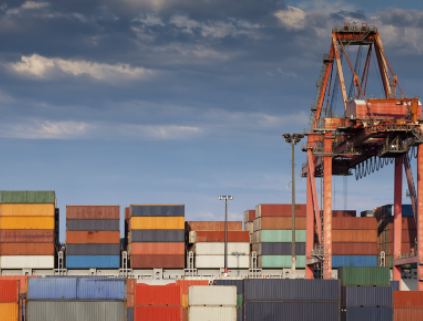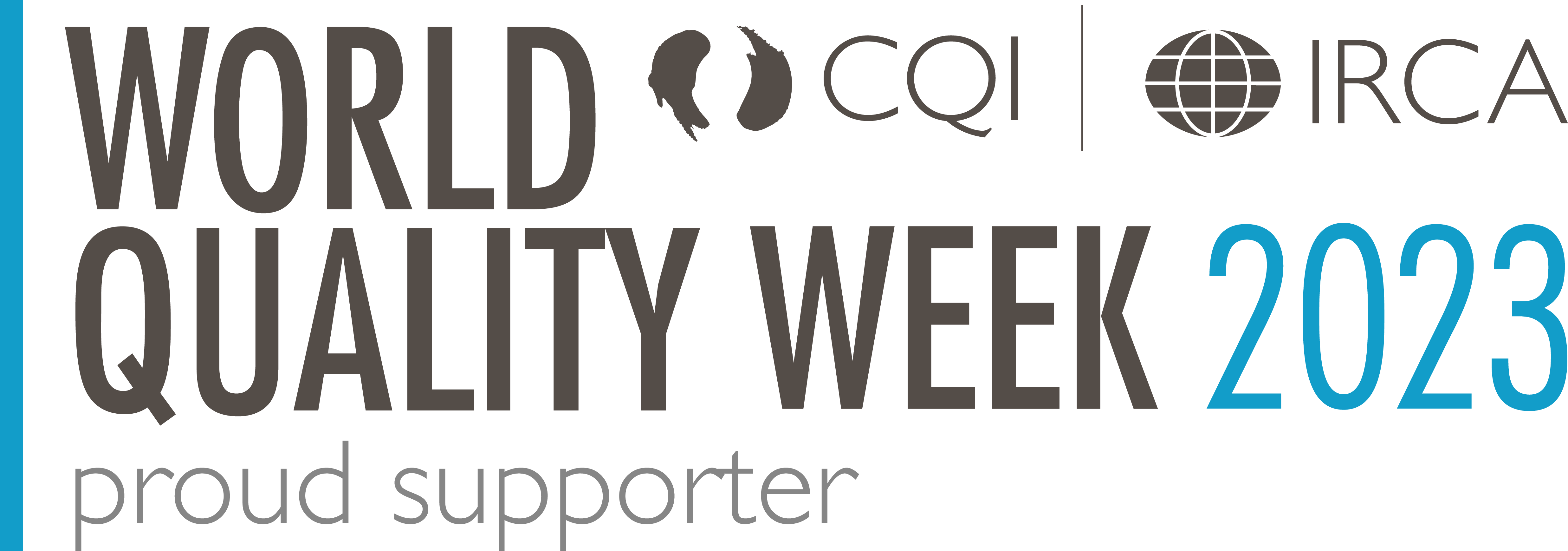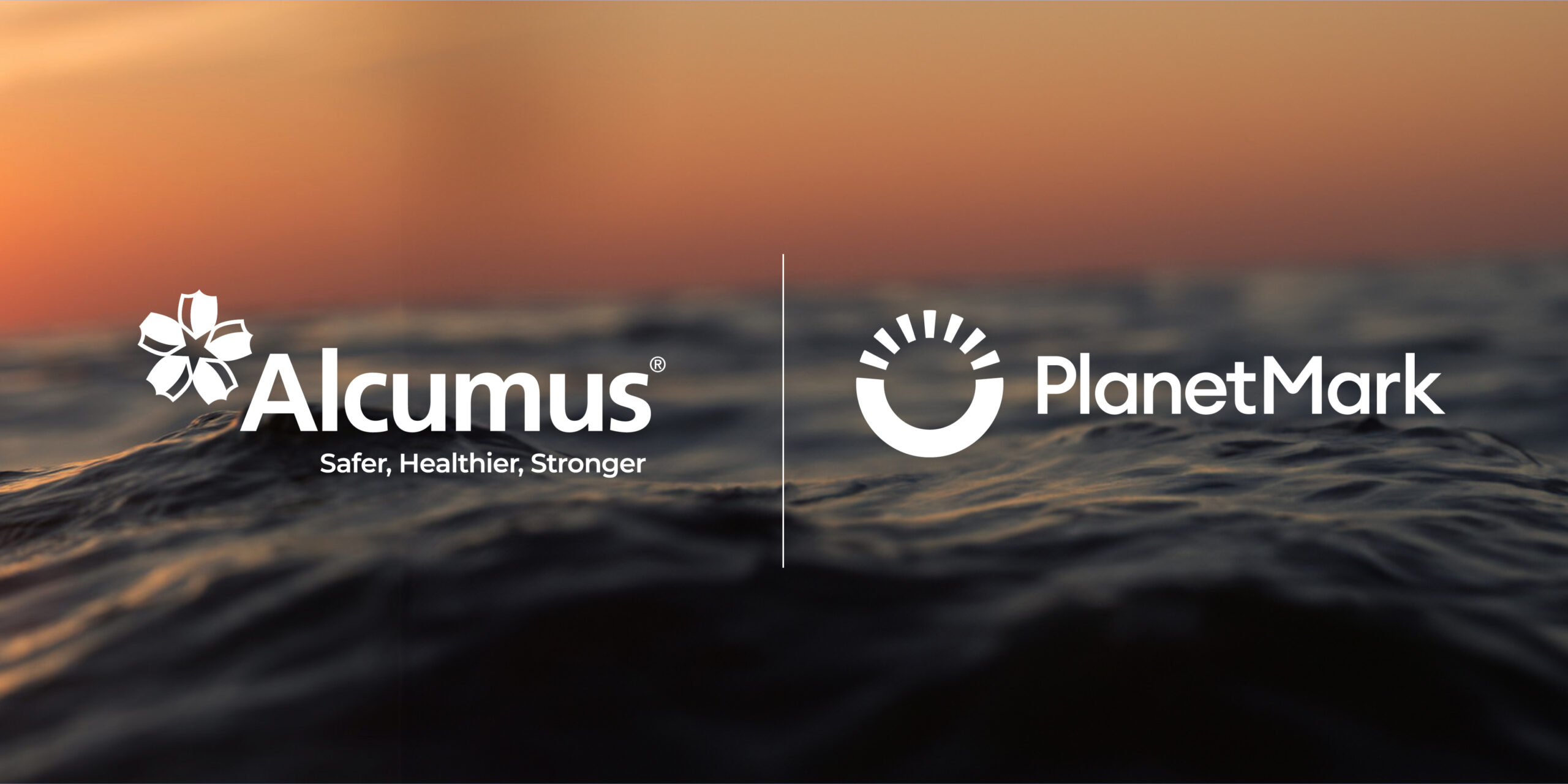As businesses embark on the journey to rebuild and recover from the COVID pandemic, despite ongoing challenges, organisations everywhere are reassessing their operations more than ever before.
While the impact on the economy and everyday life has been profound, the task of recovery should learn from the lessons of the past. Investment in infrastructure, skills and innovation should act as the foundation.
The challenges of not adapting?
- Increased risks and liability
- Higher costs and complexities
- Inefficient use of operational resources
- Negative financial consequences
- Reputational damage
The route to successful growth should be clearly focused on building resilience, based on the weaknesses that have been exposed in recent years.
A return to ‘business as usual’ is not the answer, which is clearly reflected in government policies globally as attention is now turning to create a recovery that “builds back better”. At the heart of this approach is the transition to a more inclusive, more sustainable global economy, which is the core focus of UK, US and Canadian governments.
To build back better, the emphasis must now shift from reactive measures and short-term goals to a proactive, holistic growth agenda that is more equipped to anticipate disruptions.
In this, the first of our new series of blogs, we look at some of the key areas driving these changes to make organisations more resilient, flexible and agile with an increased emphasis on sustainability. Future blogs will then focus on each aspect in greater detail:
- Supply chain disruption
- Third party risk management
- Building a safety culture
- Data visibility to expose risk
Supply chain disruption
Although the pandemic has been a key catalyst that has exposed the vulnerabilities of many organisations, there were already growing concerns around the structure and interconnectedness of supply chains.
Driven by globalisation, rapid market changes and digital technologies, supply chains have become multi-layered across many tiers which has created ‘blind spots’ in recent decades.
That has now come to a head. Supply chains have been taken to breaking point in some industries, leading to a battle to revitalise supply chains and improve business performance.
Faced with production stoppages across the world, uncertainty of trading relationships, transportation bottlenecks, labour shortages and growing costs, there is a pressing need for businesses to act and ensure their resilience for the future.
Looking at it statistically, there is every need to take a proactive, rather than reactive approach. In extensive market research Alcumus conducted in 2021 with 450 medium and large UK businesses¹, we found that:
- supplier performance had adversely impacted over three quarters of businesses.
- verification of the credentials of their supply chain has become more difficult during the last two years for almost 40% of businesses.
Although supply chain risk has typically focused on a narrow range of elements, such as logistics delays or suppliers’ financial stability, the scope needs to protect against future disruptions. Risk management now needs to factor in prolonged interruptions as well as social, climate and geopolitical disruptions.
Third-party management
As part of the supply chain ecosystem, organisations must carefully manage multiple suppliers and contractors that they work with. COVID and increasing risks across a range of Environmental, Social and Governance (ESG) factors has intensified the pressure to enhance the visibility of third-party relationships and to improve pre-qualification and verification processes across the supply chain. This is not a simple task, and is certainly not getting any easier.
Consistently monitoring risk factors goes beyond simple compliance, it’s essential to business performance and resilience. From health and safety, data breaches, financial stability and ethical issues, there are a growing range of risks that can threaten a company’s reputation or cause costly disruptions.
In our 2020 survey, Benchmarking Contractor Management², the following was highlighted:
- Assessing contractors and suppliers for health and safety compliance was important according to 100% of respondents.
- In addition, ethical and sustainable compliance was important to 88% of respondents, rising during the first lockdown to 92%.
Without evidence from contractors or suppliers, demonstrating that they meet regulatory responsibilities or manage their business without compromising safety, sustainability, or ethics how can your business mitigate any impacts? Even if your business or those you work with are not required by legislation, for example in the US, precautionary steps and due diligence should be a minimum to assess and monitor these factors so you can protect your operations and avoid potential third-party risks.
When using a contractor or supplier for work, there are a lot of factors to take into consideration:
- Do you have clear visibility of all contractors and suppliers in your supply chain?
- Do you have assurance that they comply with the relevant regulatory and legal requirements, or meet best practice standards?
- Do you routinely monitor the health and safety of contractors and suppliers?
- Do you regularly assess the operational, ethical and financial risk of your contractors and suppliers?
If the third parties you work with don’t have a strong safety record, robust risk management skills, healthy financials or share the same values as your business, they could end up costing your company a lot of money or worse, a fatality.
To overcome these challenges, businesses need to build a more robust contactor and supplier management capability. This will help to make sure that your business, contractors and suppliers work safely and ethically to best manage and mitigate risk exposures. Contracting work out does not mean you are contracting out responsibility for the risk.
Building a safety culture
In light of COVID-19, employees have become much more alert to workplace risks and building a safety conscious culture.
While prioritising the health, safety and wellbeing of workers is a legal obligation for any organisation, it also makes good business sense, especially as the financial and indirect costs of getting it wrong continues to rise.
In December 2021, the Health and Safety Executive released its annual statistics on work-related health and safety in Great Britain. In 2020/2021, figures show that:
- work-related ill health in the UK affected 1.7 million working people
- injuries were sustained by 441,000 workers, 142 fatally
- prosecutions taken or referred by HSE where a conviction was achieved cost £26.9 million in fines
- a 35% increase, from £107,000 to £145,000, in average fine per case
According to statistics released by the US Bureau of Labor Statistics³
- 2019 saw the largest number in fatal occupational injuries since 2007
- A work-related injury caused one worker to die every 99 minutes
Some American studies suggest that organisations can save between $4-6 USD for every dollar invested into a robust safety programme.
What does a positive culture of safety look like? While the qualities may differ across organisations, those with a strong safety culture share key characteristics, including:
- Leaders value employee safety
- Businesses are committed to changing the work environment for the better
- Employees feel empowered to take action
- Employees feel ownership over the safety of themselves and team members
- Investments are made in safety procedures, programmes and equipment
Protecting the health and safety of your workforce and staying on top of records and reporting accidents will help you to manage risks and prevent future injuries, accidents and incidents of ill-health.
In addition to protecting workers and saving lives, investment in a safety programme will help benefit in other areas such as company credibility and reputation, employee morale, and worker retention rates.
Data visibility to expose risk
Access to trusted data is crucial and the pace of modern business means that this has never been more complicated without the right approach.
Increasingly, businesses are turning to technology to evolve faster and become more resilient, recognising that data visibility is the key to intelligent analysis and timely, accurate decision-making
The traditional linear business model is transforming through digitisation, where silos are broken down and organisations deliver real-time risk insights and digitise manual processes to connect people, processes and data.
With more data insight and visibility, organisations and the C-suite have one true view of risk management and are able to make more intelligently informed decisions, take positive action and drive constructive change.
Using technology can help to track, manage, report and improve outcomes in meeting goals such as:
- Compliance with relevant regulations and obligations
- Informed decision-making
- Demonstrating due diligence
- Promoting a sustainable culture
- Cost reduction
- Preventing direct and indirect costs of quality failures
- Demonstrating credibility and winning new clients
- Reducing risks around health and safety, environmental, modern slavery, diversity, equality, workplace wellbeing and financial stability
- Managing reputation
- Auditing continuous improvement
- Reducing administrative time
Businesses can use the challenges of the past few years as an opportunity to reset their operations with digital capabilities and renew operating models to increase operational efficiency and effectiveness. Doing so will enable them to emerge stronger and with supply chains that are more resilient to future disruptions.
These are not just short-term crises – each have long-lasting implications for how people work and how global businesses function. This requires a holistic approach which should be technology-led, leveraging platforms that ensure end-to-end transparency.
Now is the time to think about what might come next and the actions needed in the short, medium and longer term to achieve building resilience in a new global economy.
¹Source: Alcumus Supply Chain Compliance and Resilience Research, December 2021 of 450 medium and large UK businesses
²Source: Research commissioned with the Safety and Health Practitioner of Environment, Health and Safety (EHS) managers across UK businesses, March and May 2020
³Bureau of Labor Statistics US Department of Labor, News Release, Dec. 2020






